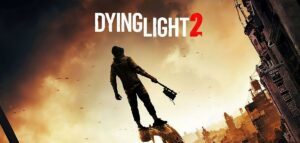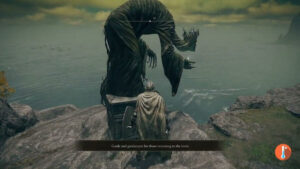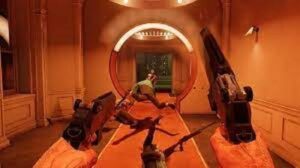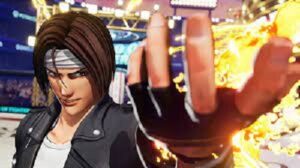High on Life is the First Person Shooter game released by Squanch Games, Inc. It’s available for Xbox One, Xbox Series X|S, and PC platforms. In this game you are playing as a human high schooler who is transformed into a galactic bounty hunter, using living guns to take down aliens.
Since release players are complaining of crashing, stuttering, FPS drops, and black screen issues while playing on PC. So before you start blaming the developer for their poor game first wait for the latest game patch.
In this article, we have mentioned the best possible fixes that are easy to apply and can help you fix High on Life crashing, stuttering, FPS drops, and black screen issues on PC.
How To Fix High On Life Crashing on PC?
Usually, desktop PC users face more crashing issues as compared to console users. The probable reason is insufficient system hardware, outdated drivers, or misconfigured Windows settings.
If the High on Life crashes on PC do the following rehearsal.
- Restart your PC and then play the game. (Mostly it’s a temporary glitch)
- Make sure your PC meets the system requirements to play High on Life.
- Updated your graphics, and network drivers on Windows PC. (How to Update Graphics Driver [Intel/AMD])
- Updated Windows operating system.
- Install Latest Direct X and Visual C++
- Disable background programs (google chrome)
- Disable your Antivirus software or Windows Defender temporarily.
- Play High on Life in a windowed mode.
- Prevent computer overheating (If you are using MSI Afterburner to overclock then uninstall it and then play the game.)
- Verify the integrity of game files to check if the files are corrupted or not.
How To Fix High On Life Stuttering, Lag, and Low FPS on PC?
The unexpected choppiness, lag spikes, and delays can also ruin the gaming experience. The High on Life stuttering, lag, or FPS drops is usually linked to your misconfigured in-game graphics settings or outdated display drivers.
Those users who use Nvidia and AMD control panels can also face stuttering because of faulty settings.
If you are dealing with the High on Life stuttering or FPS drops then do the following tweaks in your system and game.
- Update your graphics driver
- Reduce in-game graphics settings (Set lower resolution, texture filtering, texture quality, and disable Anti-aliasing)
- The screen resolution and the game resolution must match otherwise it will overwhelm GPU causing stuttering.
- Turn off the Windows Game Mode, Xbox game bar, and Captures.
- Turn off unnecessary apps and background processes
- Enable V-Sync to limit your GPU output frames that sync with the refresh rate of your monitor.
- If you are using the Nvidia control panel then use Prefer maximum performance.
- Check your faulty Hard Disk and if possible upgrade to SSD.
- Disable Windows Update Delivery Optimization that downloads updated live from the internet causing stuttering and fps drop issue.
- Turn off Dynamic Tick by using these commands in your command prompt
- bcdedit /set disabledynamictick yes
- bcdedit /set useplatformclock true
- bcdedit /set tscsyncpolicy Enhanced
- Optional: Turn off the Diagnostic Policy Service
- Assign a dedicated GPU from the device manager.
How To Fix High On Life Black Screen on PC?
While playing High on Life if a black screen appears without any error code making your game crash then try the following fixes.
- Check Your cables and connections that are connecting monitors.
- Unplug any unnecessary accessory that you have connected to the computer.
- Try resetting your BIOS/UEFI as they might not load your operating system correctly.
- Disable unnecessary startup programs using the Task Manager.
- Update your GPU driver as a faulty or outdated driver may also cause a black screen while playing High on Life.
- Try pressing the Windows key + CTRL + Shift + B together to restart the GPU driver.
- Make sure that your PC is not overheating. You need to check your GPU temperature.
- Check your PSU because your PSU might not be transferring the required power to GPU.






